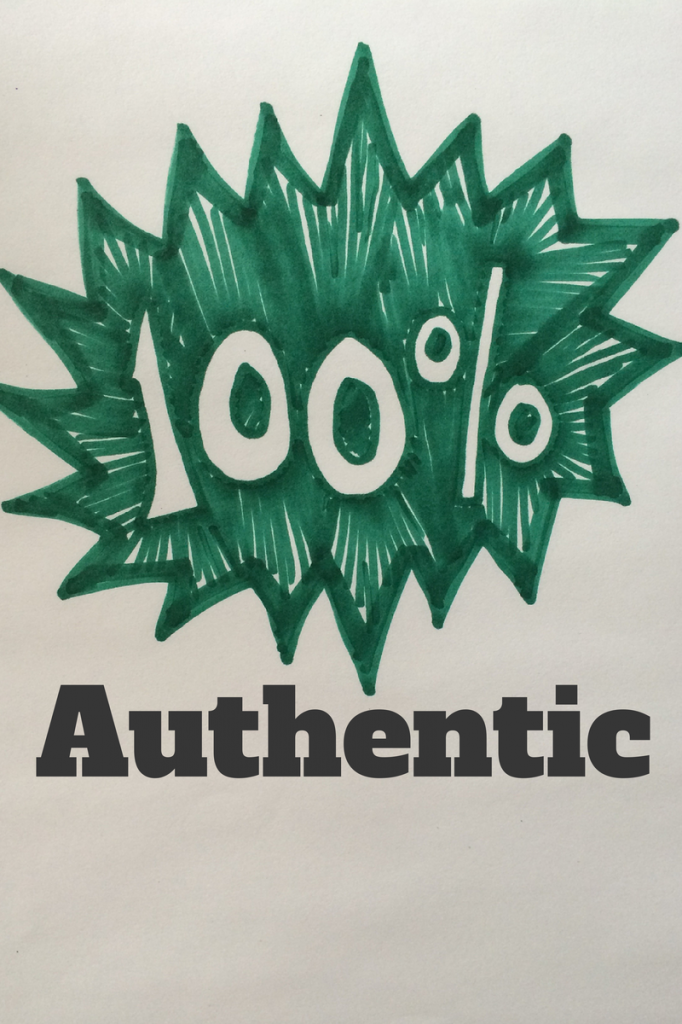I’m going to step up and go on record in support of this month’s theme (you’re welcome, Lindsay Bell).
Here is why visual content month at Spin Sucks is an important thing: As communicators, I think many of us have the tendency to get far too wrapped up in the written word.
I know I do—after all, I’m a writer.
Words matter to me.
But of course the majority of what we communicate doesn’t come through words.
The majority of what we communicate is non-verbal.
It’s certainly true in person—the most commonly cited stat is that only somewhere between seven percent and 35 percent of what we say is communicated verbally, the rest is communicated through tone, body language, gestures, and facial expressions.
Why would it be any different just because we spend so much more time these days communicating digitally instead of in person?
Being a Visual Social Media Marketer with Customers
The question of how all of this visual communication plays out when we’re talking about social media is especially interesting to me.
As I was thinking about it throughout the month so far, I also happened to run across (another) great blog post by Amber Naslund.
This section stuck out to me:
… the idea of being ‘social’ with our customers means bringing them closer to the company and giving them better, more streamlined access to two things:
1. The information and people they need to create a strong, positive buying experience with a company
2. Other customers or community members that can relate to their buying needs.
We’re trying to reduce friction in communication, raise the level of trust between our customers and our organization, and reward our community, advocates, and customers with an experience that surpasses their expectations.
So what does this mean when you apply it to the concept of being socially visual with our marketing?
The biggest lesson I take away is this: We need to be authentic.
When You Need to Go Pro
One example that comes to mind is what we do here at Arment Dietrich.
Sometimes, when the message calls for it (for example, when Gini Dietrich launched Spin Sucks, the book), we’ll go pro.
We’ll release a well-produced, professional video to share our message.
Sometimes, we’ll bring in Amber Turner to create a gorgeous website.
We’ll make sure our blog looks good.
We’ll create graphics that tell the story of what we do in a powerful way.
And for some brands, the only way to go is 100 percent polish. But at Arment Dietrich, 100 percent polish is not an authentic representation of our brand.
That’s why, oftentimes, we’ll create short little videos in one of our living rooms, or our not-so-expertly-lit home offices.
Because that’s who we are.
Yes, we can clean up well and roll into your boardroom in our best shoes and knock your CEO’s socks off.
When Keepin’ it Real Goes Right
But we’re also a group of smart alecks who sit around in our home offices or on our treadmill desks and bang through long workdays in sweats and T-shirts with cats crawling all over our computers.
And you, the members of our community, get to see that side of us, too.
And the fact that you know this, the fact that you know we contain multitudes, is one part of why so many members of our community often become our clients or our colleagues. Because we’re out there and we’re honest.
Most brands have the opportunity to be just as honest, but they don’t always take it.
Using all the Visual Tools Together
So, yes, use Canva to create a stellar image to share on Pinterest, Facebook, Twitter, Instagram … wherever.
And use smart visual strategy to make sure your visuals stick. But don’t forget some of the less-shiny tools in the toolbox, like selfies—you have no excuse to avoid them now that Laura Petrolino has outlined how to integrate them into the PESO model.
Because if you use Laura’s ideas and open up your brand to a deluge of selfies from your community, do you think they’re all going to be perfect?
Nope.
Some people will have terrible lighting.
Some people will use weird composition.
But it’s OK, it’s user-generated content. It’s not supposed to be perfect.
In fact, it might not always need to be perfect even when it’s you-generated content.
Imperfection is honest; it helps build trust. It rewards your community by showing what’s behind the veneer.
What examples have you seen of brands that show their authentic human side?
